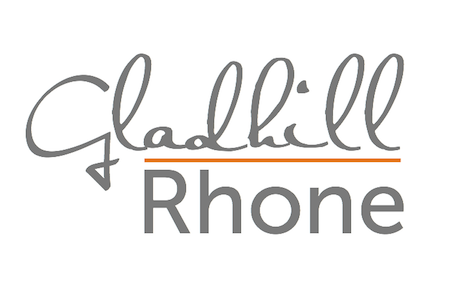Those that have followed me for a while know I live in a large Victorian home. And, as one would expect, we have a fairly large basement as well. If I had to guess it is about 900 square feet. Being it is a basement there are a half dozen lights spread throughout. Just simple ceramic bases to screw a bare bulb into with a short ball chain to turn them off and on. For the whole time I’ve lived in the house, if one wanted to go to the far corner of the basement they would have to snake through the dark, knowing where these lights were located, find the little pull chain, and turn on each one needed. It was kind of dangerous and so, therefore, we generally left at least a couple on all the time. It was a bit of an energy waster but it was the only logical choice.
One of the things that has improved our daily life greatly in a subtle way this year was the installation of some simple and inexpensive motion detectors into those lights. They screw in between the light and the socket. There is a simple dial to set the sensitivity level and distance so it does not go off when, say, the cat runs in front of it but still does when we do. So now, we simply walk down the stairs to the basement and the lights automatically turn on in front of us a few feet ahead we approach. Then, they automatically turn off a few minutes after we leave.
I think of this every time I see some new “smart home” product. Especially one related to lights. Because here was the sort of problem that many so called smart devices promise to solve, yet I can solve it today for under $50 (I got my detectors on sale) and a few minutes time. I don’t have to buy some fancy wi-fi enabled bulbs — I can use any bulb I want. And, the fact is, I can’t currently think of a single area of my home where I would want or need a light I can control from my phone. Or a use case that can’t be solved with technology that has already been around for years. Like the one I just solved.
This is not to say that all such technology is bad. I bought a Nest when they came out and have been happy with it. It manages the energy in our home mindfully. I barely ever have to interact with it but can get detailed reports about our heating usage if I want. It makes setting and forgetting our home temperature easy. All things that were either not available or needlessly complicated on our old thermostat. It’s a perfect example of where “smart” technology has made things better and easier. Where there was no existing non-smart product on the market that could deliver the same solution just as well or with a minimum of technology.
I think there an increasingly prevailing notion that the internet, wifi, or some other new technology automatically makes everything better. That adding more technology means convenience or ease of use. It doesn’t. And, in many cases it means the exact opposite. It means one more point of failure or one more thing to manage or one more corporation to be beholden to. In many cases, sticking the internet into the middle of things makes them worse.
What I am saying most is that I don’t want my home, or anything for that matter to be too smart. I want to be more mindful and intentional about adopting technology in a smart way. Before bringing today’s technology in as a solution, I want to make sure it is not a problem more easily solved without it. And, I want companies that consider such technology to do the same.



